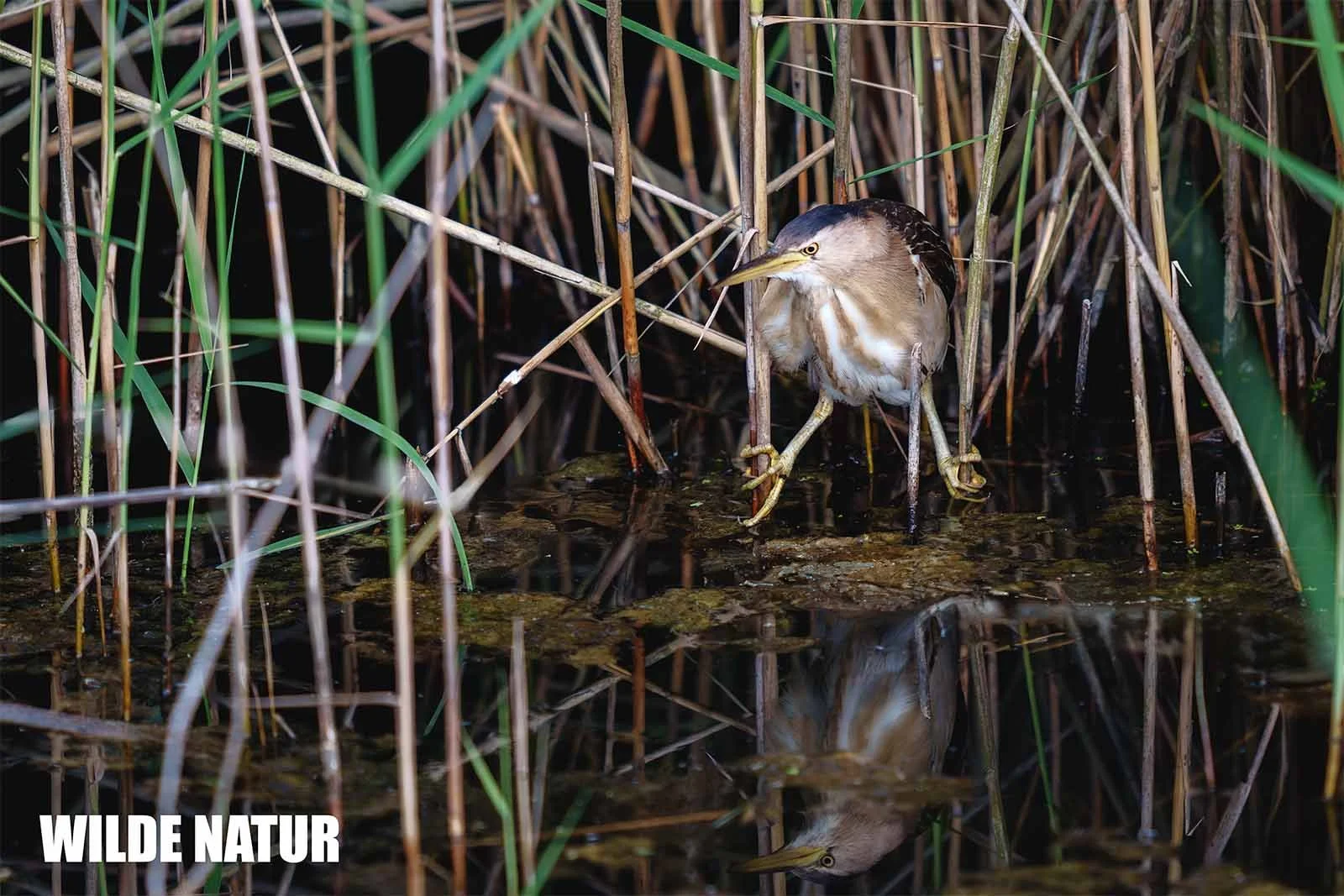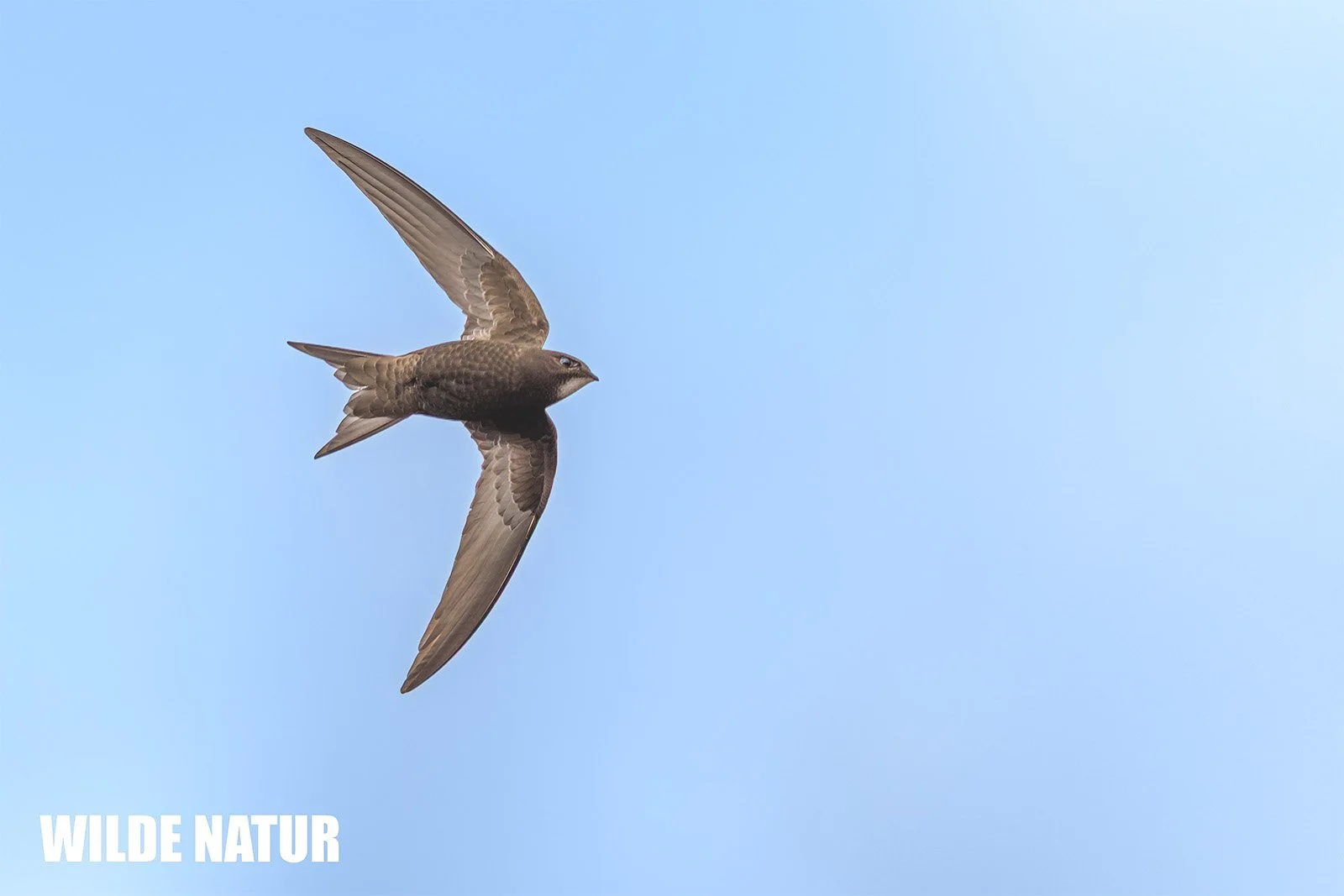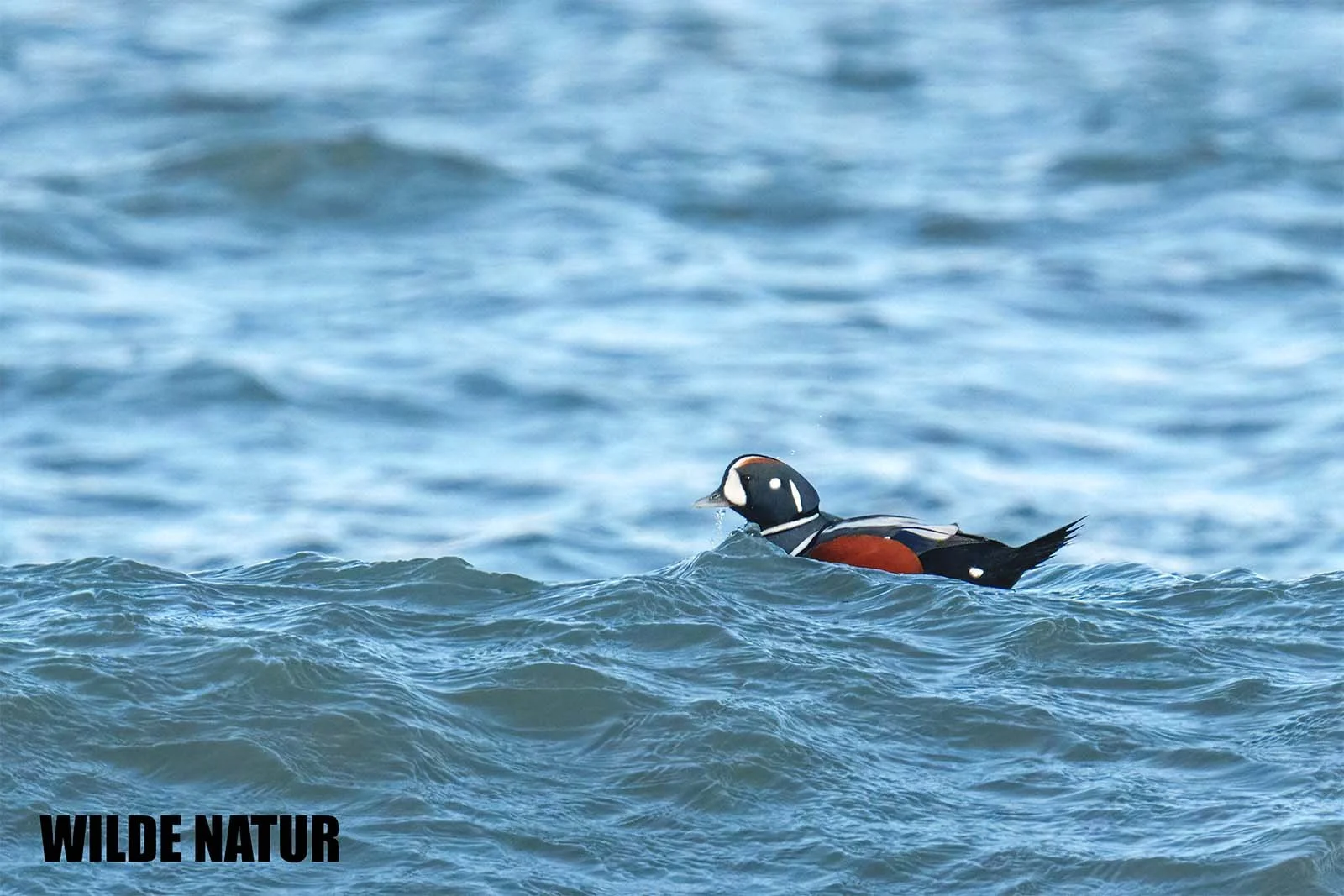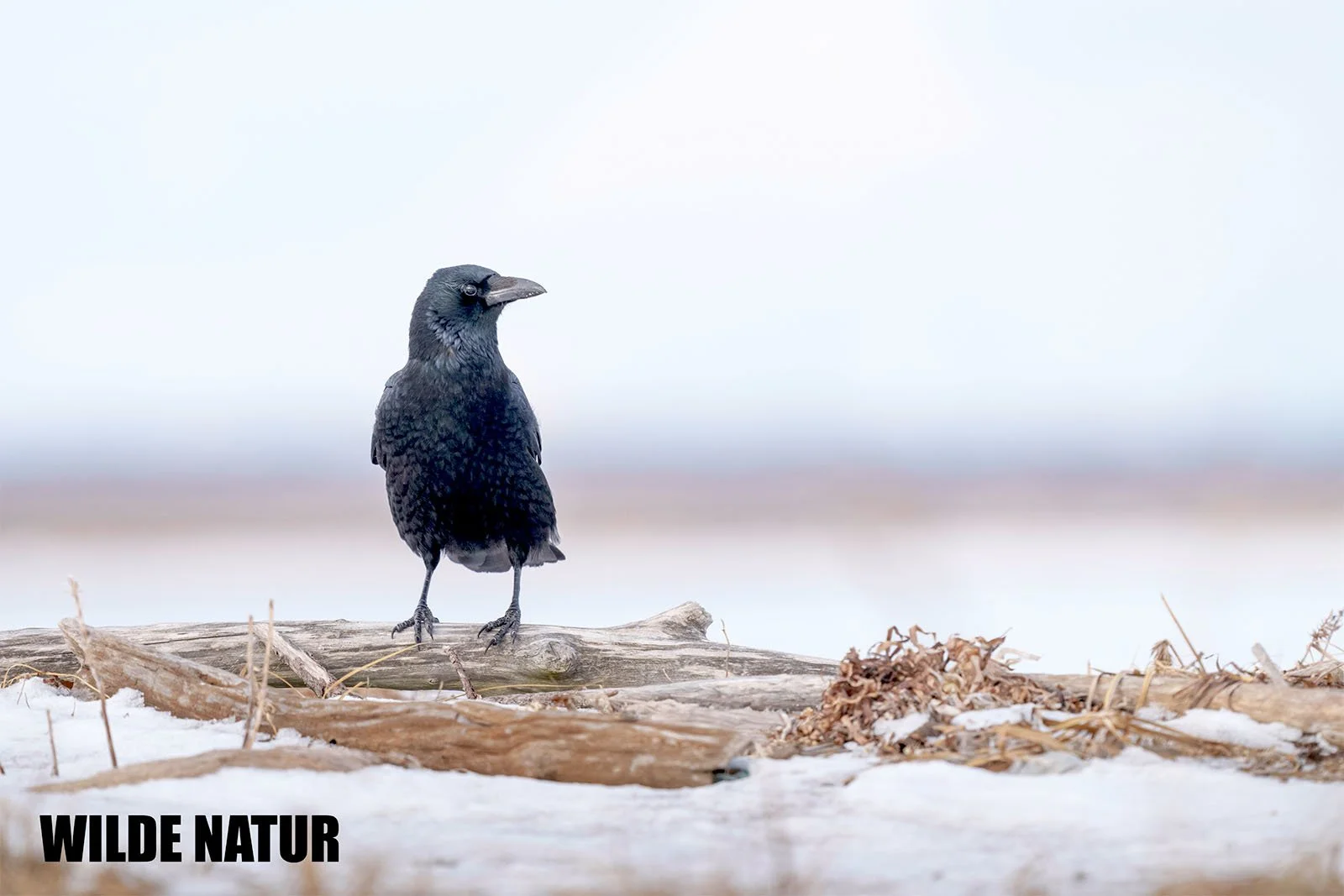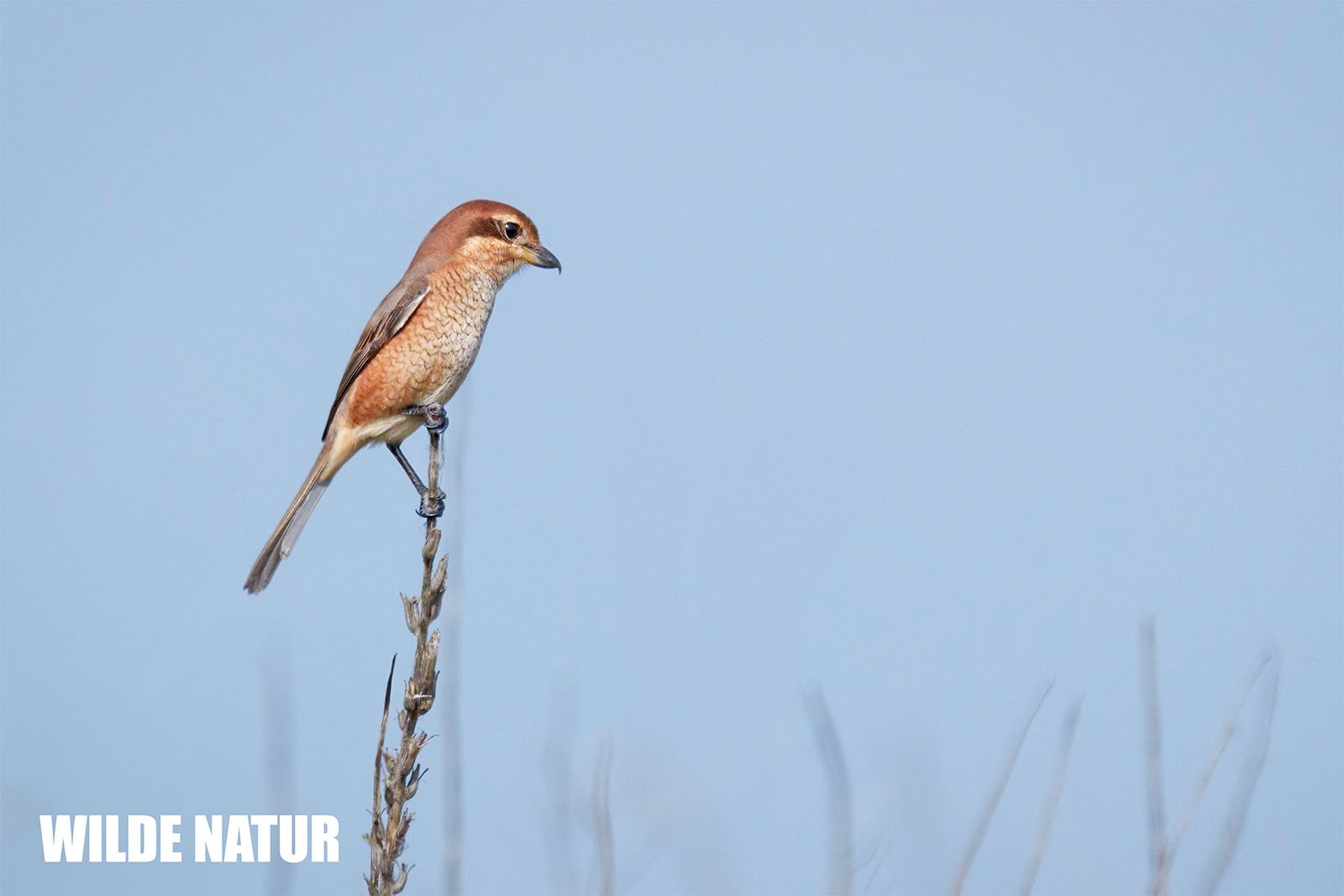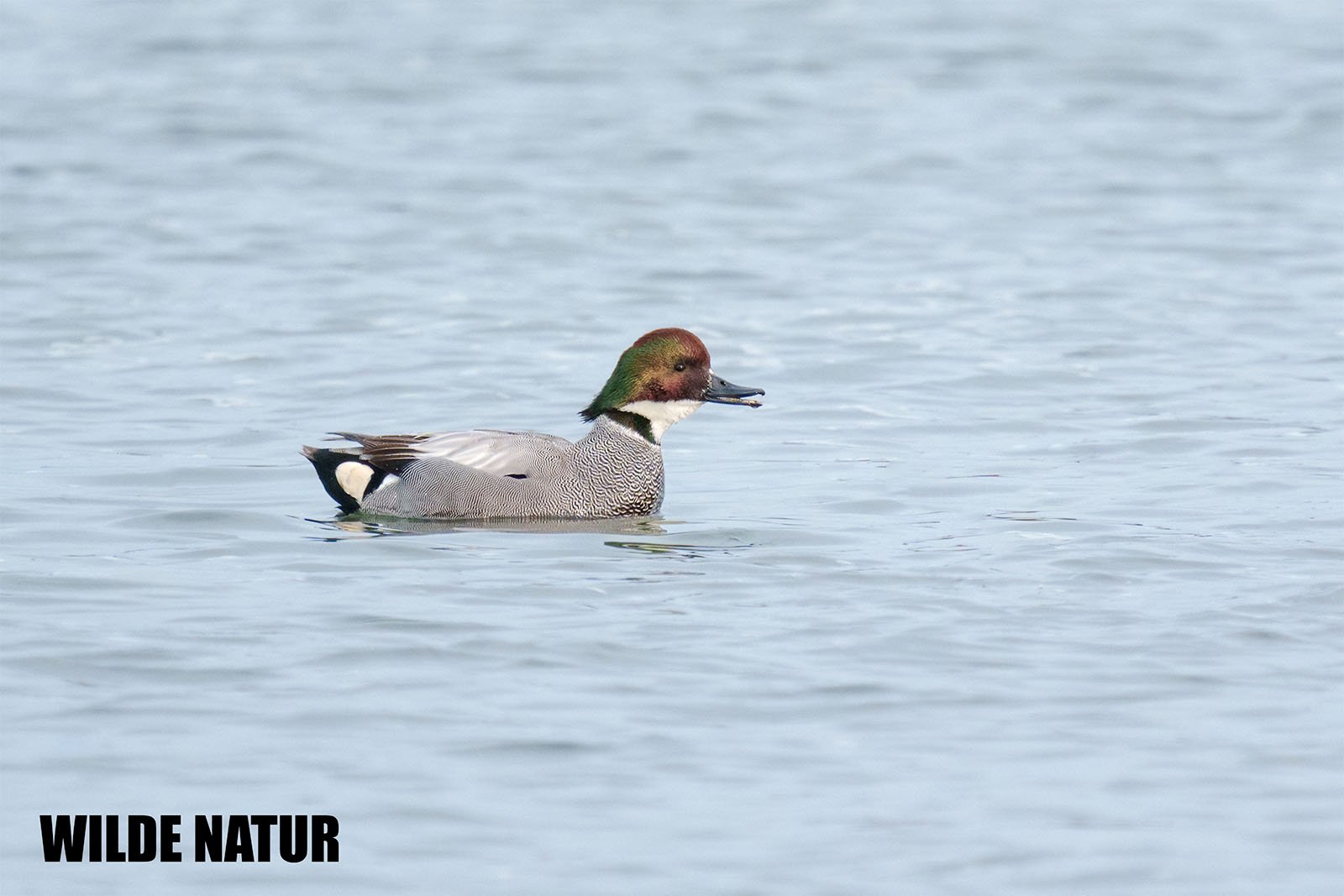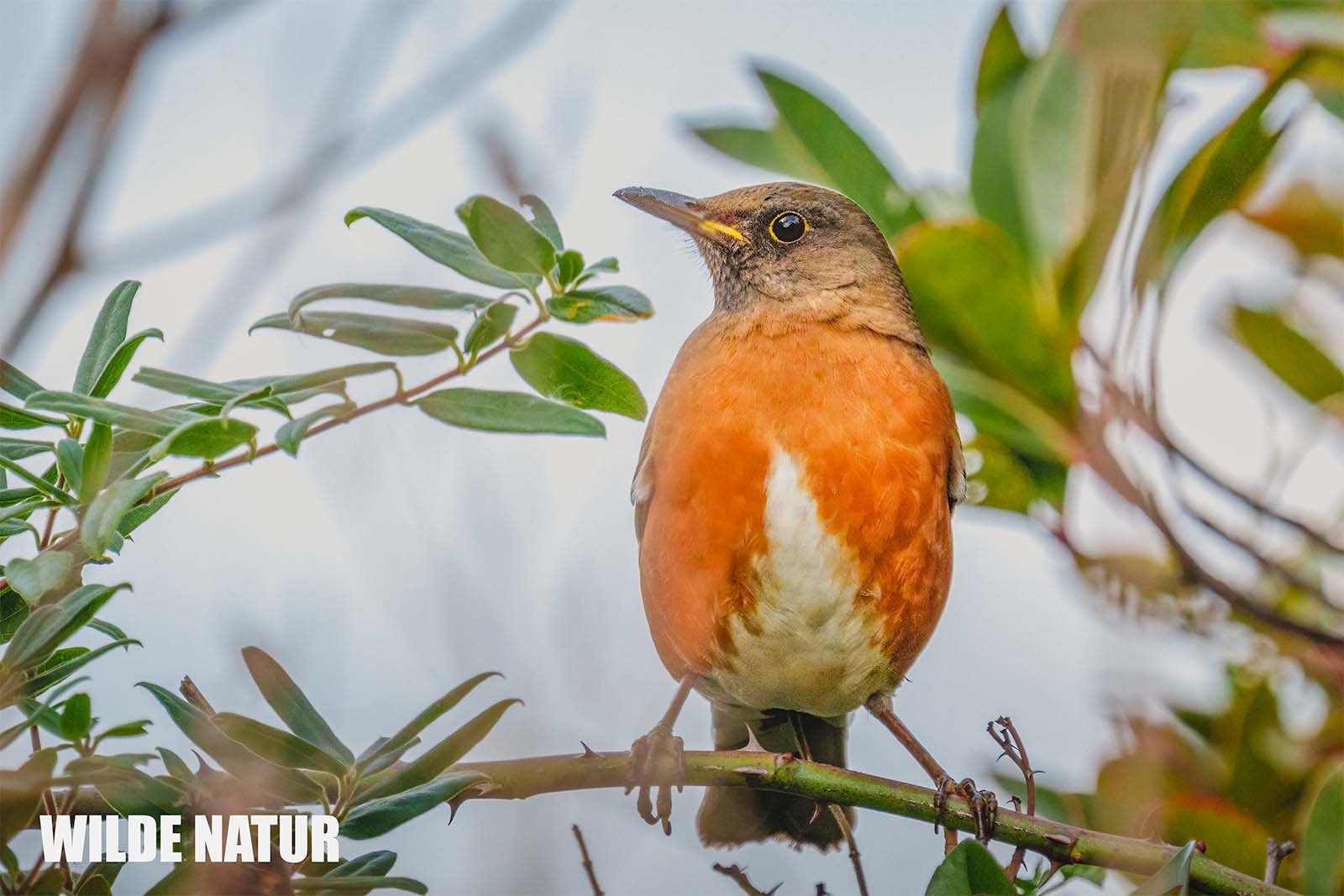Eurasian hoopoe (Upupa epops)
Hoopoe (Upupa epops) - Picture taken in Franconia, Bavaria.
Key Data
Size: 28 cm
Weight: 46 - 89 g
Diet: Insects: Field and mole crickets, beetle larvae, caterpillars, beetles
Season: Migratory bird
Observation Tip: Orchards, vineyards, pastures, fallow land
Photography Tips
Lens: 400 mm or higher
Difficulty Level: Hard
The Eurasian hoopoe belongs to the hoopoe family (Upupidae), a bird family classified in the order Bucerotiformes along with the wood hoopoes (Phoeniculidae). Its former classification in the order Coraciiformes is no longer common. Depending on the scientific perspective, there are between five and ten subspecies, with African hoopoes, previously considered subspecies of Upupa epops, currently recognized as distinct species, except for the subspecies found in Egypt, U. e. major.
In Central Europe, the nominate subspecies U. e. epops is widespread. This breeding bird has declined significantly in numbers and has disappeared from large parts of its former range.
The hoopoe was selected as the Bird of the Year in Germany in 1976 and 2022.
Please rephrase: The hoopoe, with an average length of 28 cm from beak to tail tip, appears larger despite its thrush size. It is widely known in Central Europe, but few people are fortunate enough to observe it in the wild. Its wings are contrastingly black-and-white barred with yellow highlights, its bill is long and curved, and its erectable crest is about 5-6 cm long, with white and black tips. The tail has a broad white band in the last third and a white marking at the base, while the rest of the body is rusty-red. The undulating, butterfly-like flight, with wings almost folded after each stroke, is characteristic. The flight appears unstable and uneven as it alternates between several long, sustained wing beats and short, fluttering phases. Males and females look very similar, with females being slightly smaller and duller in color. The constant nodding of the head is noticeable during feeding and in situations of excitement.
The hoopoe prefers warm and dry habitats with sparse or little tree cover, characterized by short or sparse vegetation. The species is mainly found in Central Europe in extensively used orchards, vineyards, pastures, and ruderal fallow lands. Occasionally, it also utilizes open forests, especially pine forests, and larger clearings within closed forest stands as breeding areas. In the Mediterranean region, the species is relatively common in olive groves and cork oak forests. Barren, treeless rocky areas and steppes can also serve as suitable habitats. However, the species does not inhabit closed forest areas, rainforests, or deserts throughout its distribution range, at most in their outermost fringe areas.
Although the hoopoe is generally found at lower altitudes, breeding has been recorded at heights above 3000 meters, for example, in the Altai Mountains. In Central Europe, the species also breeds at least in the montane zone, with the highest breeding record in Austria at an altitude of 1260 meters.
The hoopoe feeds almost exclusively on insects, especially larger species such as field and mole crickets, beetle larvae, and various caterpillars and beetles. Occasionally, it also consumes spiders, woodlice, millipedes, or earthworms. The bird occasionally preys on small lizards or frogs as well as bird nests and nestlings.
The hoopoe's prey is usually hunted on the ground, with slow-flying insects caught in flight only in rare cases. Sight is typically the primary sense used to locate prey, but touch and possibly hearing also play a role. Prey running on the surface is pursued, while buried prey is detected by probing. When hunting mole crickets, the hoopoe often enlarges the probing holes by walking in a circle with its beak. Before consumption, the legs and hard chitinous parts of the prey are often removed. Larger insects are typically beaten against a stone or manipulated on the ground before the bird tosses them into the air to swallow them.
The nominate subspecies of the hoopoe is a migratory bird almost everywhere in its distribution range and primarily winters in the savannah belt south of the Sahara. In East Africa, it also winters at altitudes of up to 3500 meters. Small populations, mainly from southwestern Europe (southern Spain, the Balearic Islands, and Sicily), remain in their breeding areas during the winter. Successful overwintering is regularly observed in Southern England and occasionally in Southern Sweden and Central Europe. The departure from Central Europe begins in late July but peaks in mid-August. Hoopoes usually fly individually and during the night. Apparently, they cross the Alps, the Mediterranean, and occasionally the Sahara in its entirety without detours. In the Himalayas, migrating hoopoes have been observed at altitudes of nearly, 7000 meters. The first hoopoes return to their European breeding areas in mid-March, and by the end of April, these areas are typically occupied. It has been noted that some birds extend their migration period, and individual birds also appear in spring in high-northern areas, similar to the postnuptial dispersion of juveniles. Females have a stronger tendency for site fidelity than males.
In some parts of Europe, the hoopoe was a common breeding bird until the 1950s. However, various factors such as a more strongly Atlantic-influenced climate, habitat destruction, and increasing pesticide contamination have led to a significant decline in range and population. Many previously occupied breeding areas in Great Britain, Southern Scandinavia, Belgium, the Netherlands, and Central Europe have been abandoned. In recent years, a particularly significant decline in numbers has been observed in Eastern Greece and Turkey.
Some small populations are currently recovering in Southern Sweden and Southern England. The species may benefit in some areas of Central Europe from intensified horse husbandry. In total, the population of the hoopoe in Europe is estimated at almost one million breeding pairs, which is generally considered secure. However, the species is considered extinct in Belgium, Luxembourg, and the Netherlands. In Switzerland, the Czech Republic, and Austria, the hoopoe is listed on the Red Lists, mostly in the highest threat categories. In the Red List of Breeding Birds of Germany from 2015, the species is classified as endangered, and its breeding population for the years 2005 to 2009 was estimated at 650 to 800 breeding pairs. In 2007, only 185 pairs were recorded in Switzerland.
Currently, the densest populations of the hoopoe are found in so-called secondary habitats, especially on former military sites and training areas. Intensive conservation measures are carried out in Germany, for example, on the former military training grounds in Jüterbog, Lieberose, and Donauwörth.



